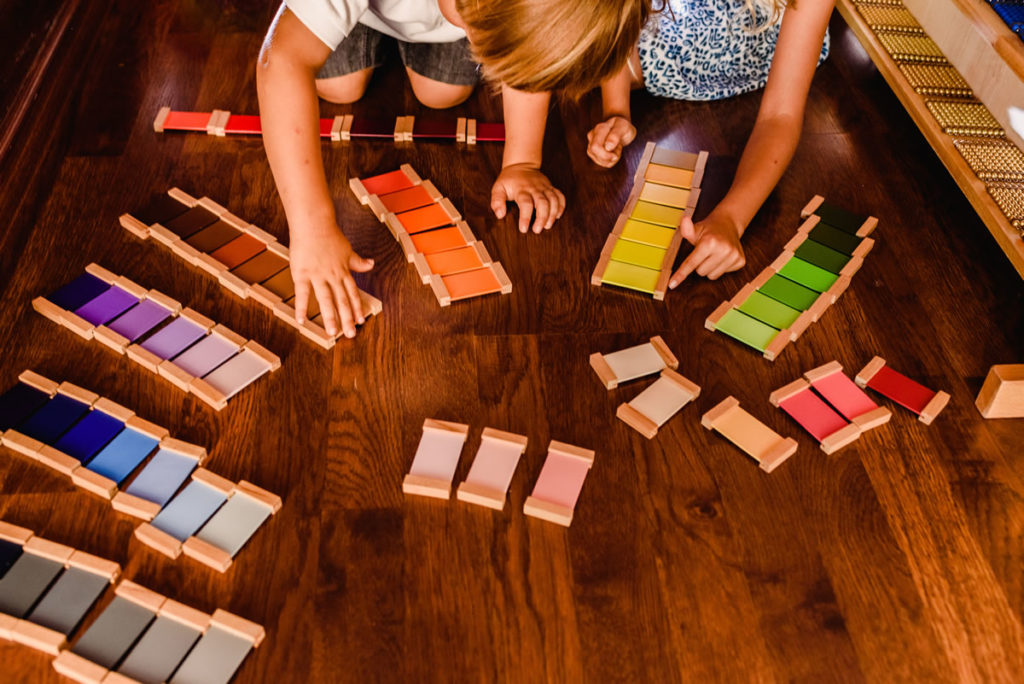María Montessori saw a great need for reform in the educational system of her time, just as we see the same need for reform in our educational system today. His goal was to develop the entire personality of the child, so his system is based on a strong belief in the spontaneous functioning of the human intellect. Its three main principles are observation, individual freedom, and preparing the environment . A few principles, along with their various practical expressions with children, which are gradually becoming part of our educational system.
Many modern preschool and elementary classrooms use child-size furniture and teaching materials first introduced by Montessori, as well as current concepts such as individualized learning and preparation programs, manipulative learning , unskilled classes, age groups, mixed teaching, equipment and open classes, reflecting much of your initial knowledge.
And it is not that parents of children in the past did not want to feel safe leaving their children in environments capable of meeting all their academic, social and emotional needs, but that Montessori added to all that the importance of teaching the little ones an attitude of “I can do it,” meaning self-confidence enough to ensure future success in all aspects of life.
Specific characteristics and benefits of the Montessori method
- Existence of a sense of community and mutual help that increases self-esteem in childhood.
- Self-correcting materials within the environment . Children learn through their own mistakes to make the right decision, rather than being directed by the teacher.
- Individual learning takes place within the environment. Montessori recognizes that each child learns at a different rate and allows that growth to occur freely.
- Children are calm by choice and out of respect for others. The Montessori classroom allows children to return to “inner peace” which is a natural part of their personalities.
- There is an emphasis on concrete learning rather than abstract learning . Children need to experience concepts in a concrete and practical way.
- It is a child-centered environment . All materials are easily within the child’s reach and are placed on shelves on their tiers. Tables and chairs are small enough for children to sit comfortably, while photos and decorations are placed at children’s eye level.

- Children work for the joy of work and the feeling of discovery . Children are natural leaders or “sponges” and delight in learning new tasks. Their interests lie in the work itself and not in the final product.
- The environment provides a natural sense of discipline . The “ground rules” or expectations of the child are clearly stated and followed by the children and teachers.
- The environment is “ready” for children. Everything in the room has a specific place on the shelf. Having the room set up in this way allows children to grow in a very positive way.
- The teacher plays a very discreet role in the classroom . Children are not motivated so much by the teacher as by the need for personal development.
- The items on the classroom shelves are “supplies” rather than “toys.” That is, children work with materials instead of playing with toys. This allows them to derive the greatest benefit from the environment by giving them a sense of worth , the same feeling that adults experience when they go to work and feel fulfilled.











































































































